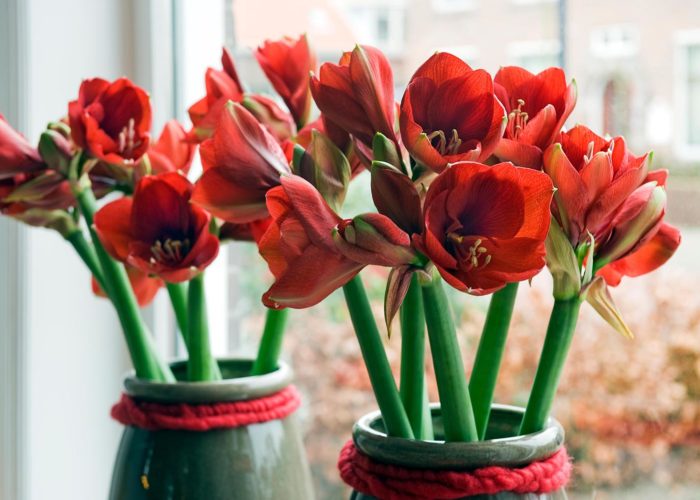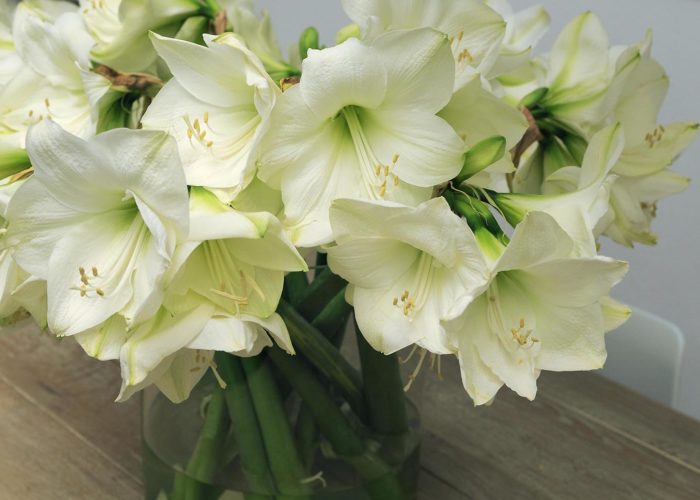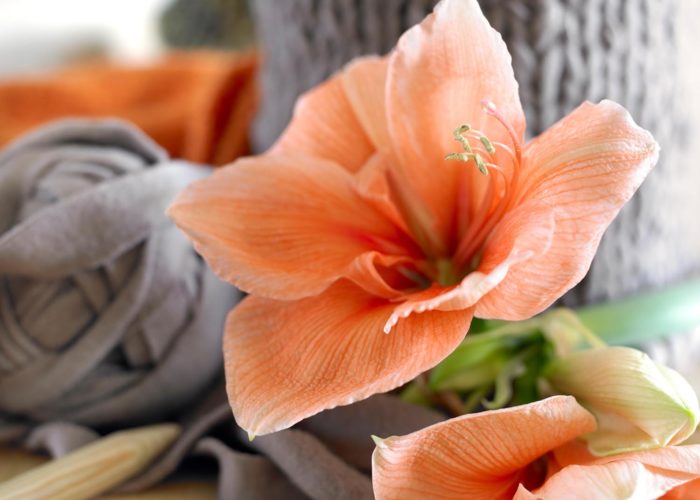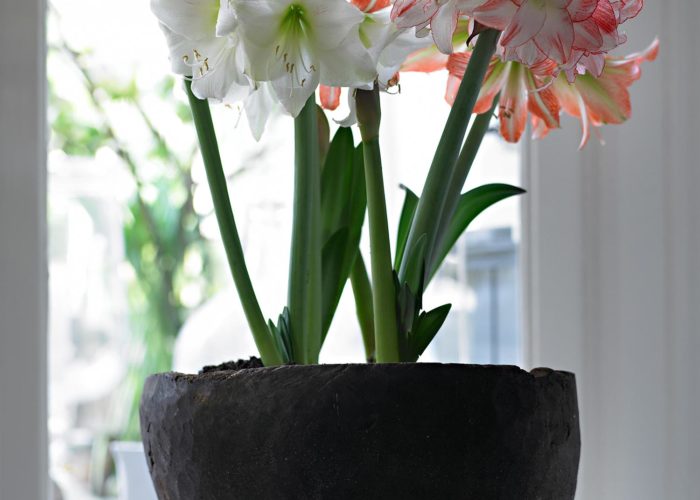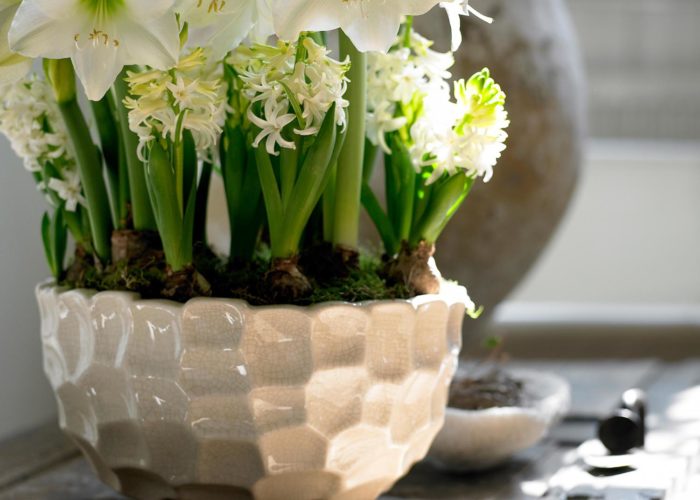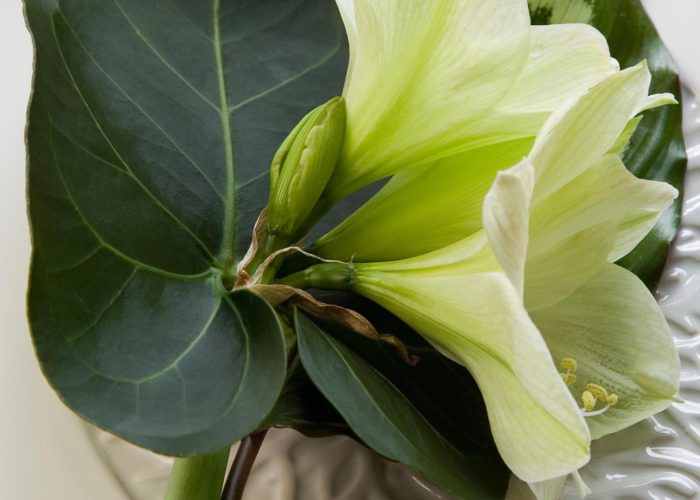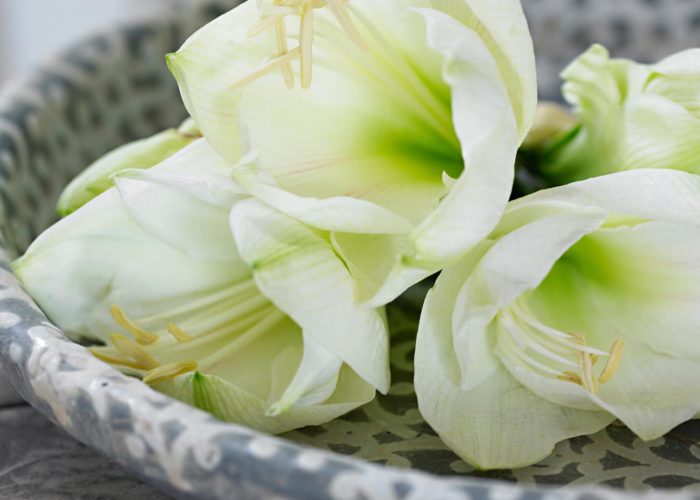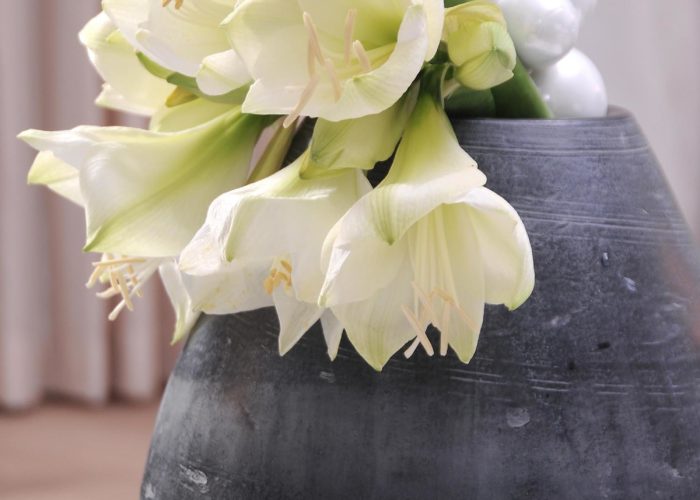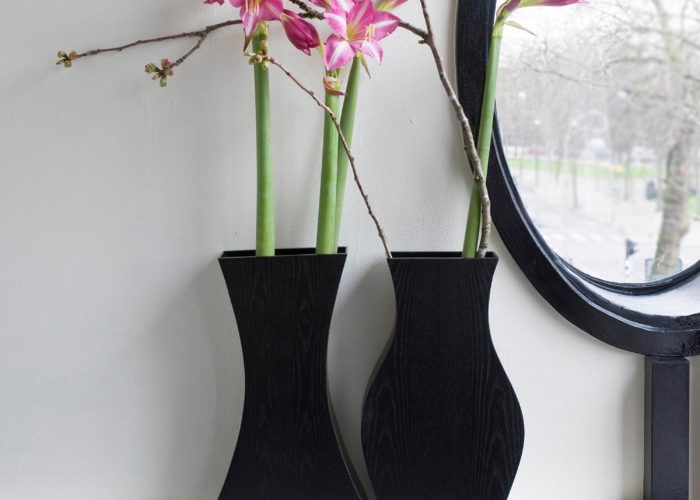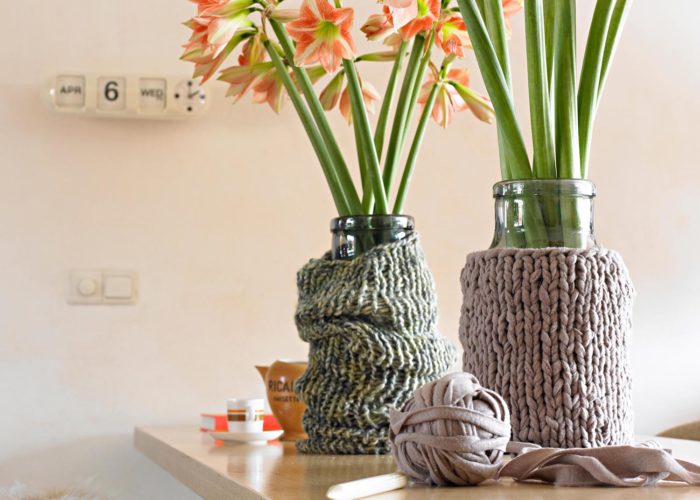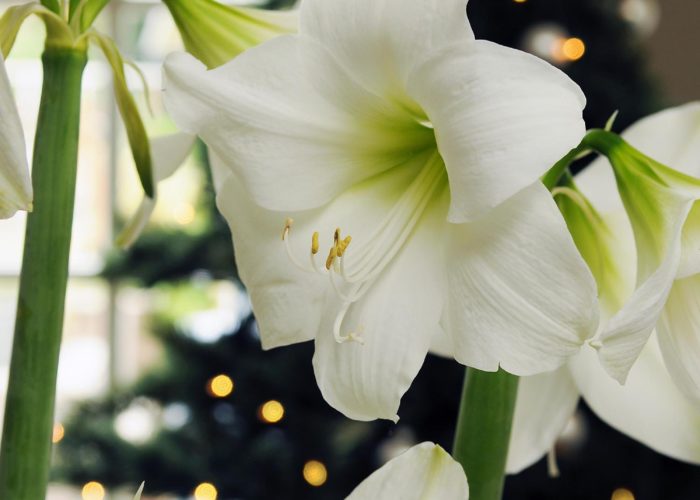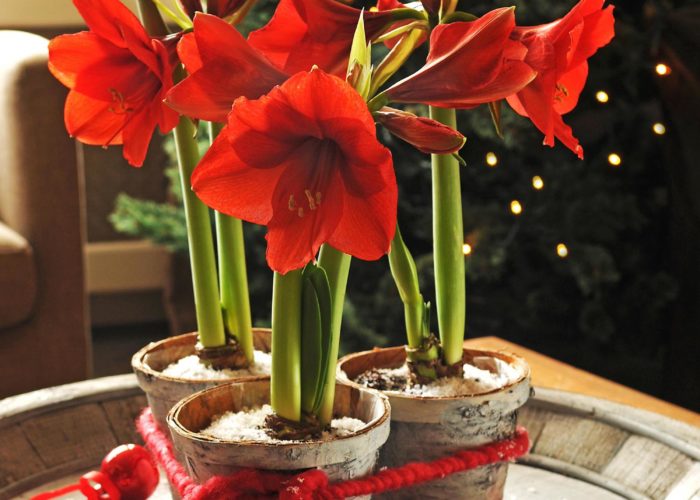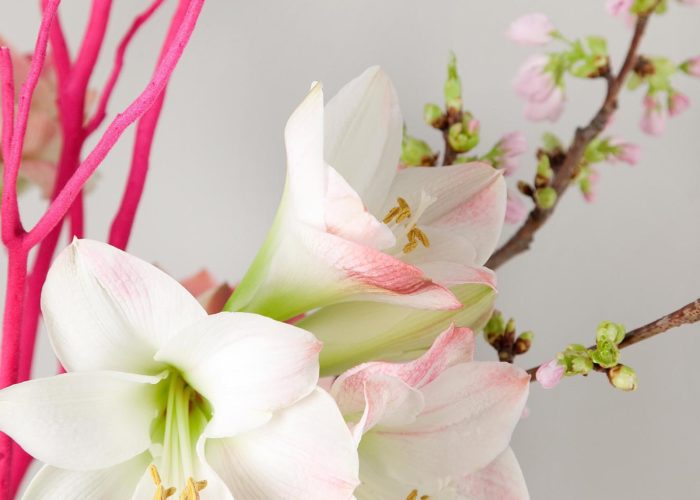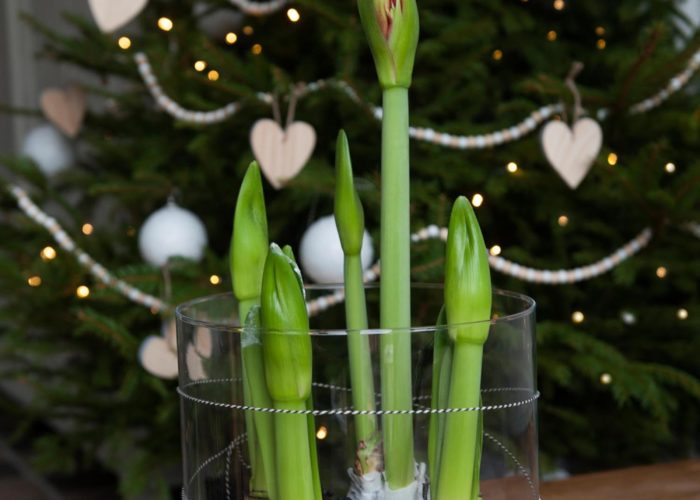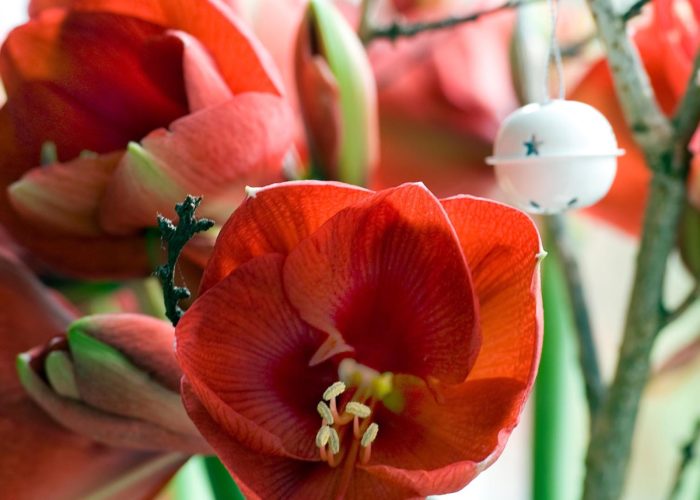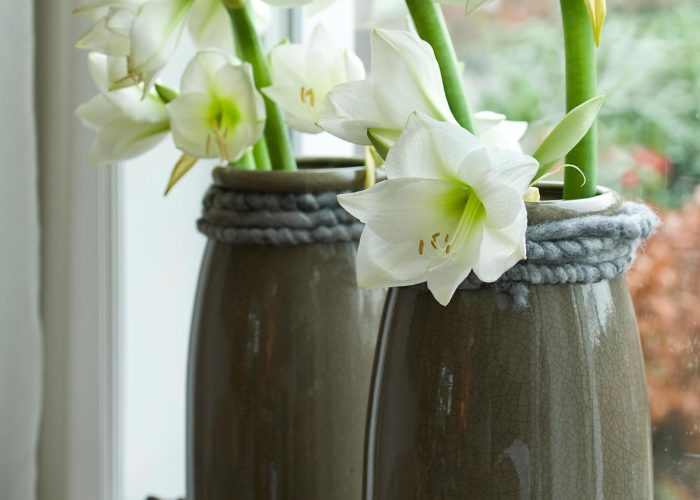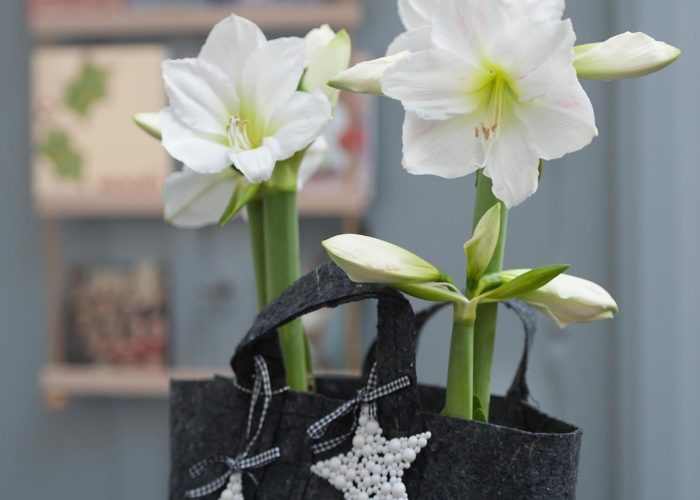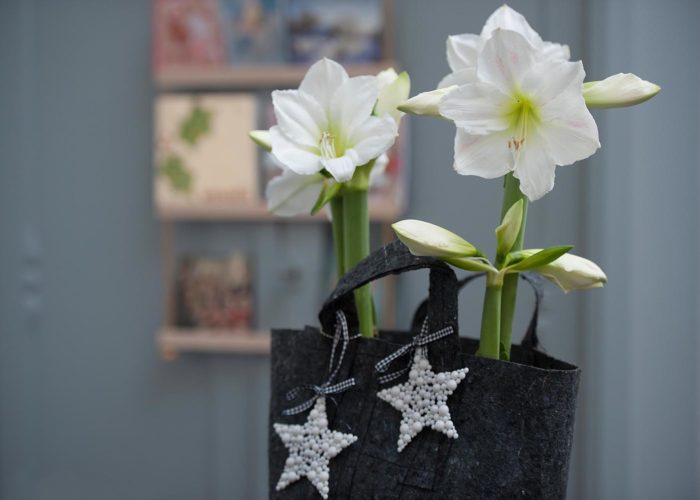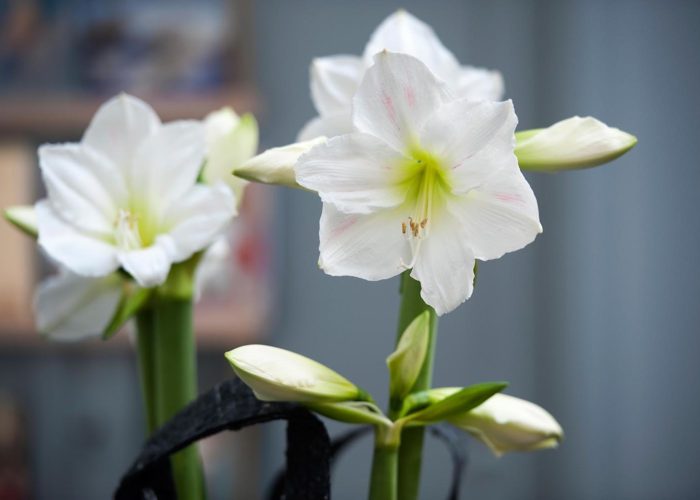Care and maintenance
Easy to care for, from bulb to beautiful flower
The Amorita Amaryllis is easy to bring into bloom. Some water and sunlight are all you need for beautiful flowers. For an even stronger plant you can add some fertiliser once a week.
Water
The Amorita Amaryllis has been carefully potted in specially selected potting soil. As long as the plant is not yet in its flowering period, it requires little or no water. As soon as the stalk reaches a height of 10 to 15 centimetres, you need to start watering it regularly. Do make sure you do not pour water on the bulb; if you do, it will start to rot. If you do accidentally give the plant a little too much water and the soil remains excessively moist, it is advisable to repot the bulb and so ‘save’ the plant.
Room temperature
Once the flowers have started to bloom, make sure the temperature remains between 15 and 20 degrees. That way, you can enjoy the fine flowers of the Amorita Amaryllis for longer.
Fertiliser
In order to make the plant as strong as possible, you can supply some fertiliser, just before the flowers open. From that point on, you can fertilise them once a week. In this way, the bulb will become very strong and you will get beautiful flowers.
Frequently asked questions:
Should I plant the Amaryllis indoors or outdoors?
In principle, the Amaryllis can be planted either indoors or outdoors. The only thing to bear in mind is that the flower bulb must not come into contact with night frost. If it does, the chances are that the bulb will freeze and be destroyed, which would be a great pity.
Can I save the bulb to plant it again next year?
Absolutely, you can. That’s the great thing about the Amorita Amaryllis! You can read the best way to do so here.
Remove the stem after the flowering period. Keep the bulb in the soil in a frost-free spot. Give the bulb, which is dormant, occasionally some water to make sure it doesn’t dry out. Since it is dormant, it needs less water than when it is in full bloom. Once you get to late spring and the risk of night frost has passed, you can find the bulb a spot in your garden. In the autumn, before the new frost period, you bring the bulb back indoors. Leave it to dry for about six weeks at room temperature. After this time, you can plant the bulb in a nice plant pot again. Optionally, you can also give it some plant food.
How can I re-use the bulb?
Remove the stem after the flowering period. Keep the bulb in the soil in a frost-free spot. Give the bulb, which is dormant, occasionally some water to make sure it doesn’t dry out. Since it is dormant, it needs less water than when it is in full bloom. Once you get to late spring and the risk of night frost has passed, you can find the bulb a spot in your garden. In the autumn, before the new frost period, you bring the bulb back indoors. Leave it to dry for about six weeks at room temperature. After this time, you can plant the bulb in a nice plant pot again. Optionally, you can also give it some plant food.
Do I need to fertilise the flower bulb?
Before the flowering period starts, you can choose to give the bulb some fertiliser. That way, you will get a strong bulb, and hence beautiful flowers. Once a week is enough.
How do I make sure it doesn’t grow too tall?
Naturally, the length of the stem partly depends on the variety of Amaryllis. But you can also influence it yourself to some extent. You will observe that if the plant is placed in a dark spot, it will grow taller. The plant starts reaching for the light, as it were. So make sure it gets sufficient daylight if you don’t want the flower to grow too tall!
When I want the bulb to flower for a second time, I only get foliage. What am I doing wrong?
It is important that the bulb gets a period of dormancy. If you repot it too soon, or start watering it too early, the plants will only produce foliage and will not flower. Read more for a handy step-by-step plan explaining how best to look after a bulb.
How often does the Amaryllis need water?
Before the flowering period, the plant needs little or no water, nice and easy. As soon as the plant is taller than 10 to 15 centimetres, you do need to water it. From that moment on, you can water it regularly,as long as you make sure the bulb does not get too wet. Only if you find the soil is getting dry do you need to water the plant.
Can I save the bulb to plant it again?
Absolutely, you can. That’s the great thing about the Amorita Amaryllis! You can read the best way to do so here.
Remove the stem after the flowering period. Keep the bulb in the soil in a frost-free spot. Give the bulb, which is dormant, occasionally some water to make sure it doesn’t dry out. Since it is dormant, it needs less water than when it is in full bloom. Once you get to late spring and the risk of night frost has passed, you can find the bulb a spot in your garden. In the autumn, before the new frost period, you bring the bulb back indoors. Leave it to dry for about six weeks at room temperature. After this time, you can plant the bulb in a nice plant pot again. Optionally, you can also give it some plant food.
Did you know…
Everyone know the Amaryllis. However, the correct name for this decorative, colourfull flower is Hippeastrum. So what’s going on?
The Hippeastrum (which is therefore the same as the flower known as Amaryllis) belongs to the narcissus family. Like the other members of the family, the Hippeastrum grows from a bulb. The Hippeastrum is very easy to grow and is very beautiful once in flower. A hollow stem grows from the bulb, on which as many as 4 to 6 flowers may appear. Depending on how large the bulb is, it can also produce multiple stems. In most cases, the flowers do not grow and flower all at once, which means you can enjoy the colourful flowering period for a very long time!
